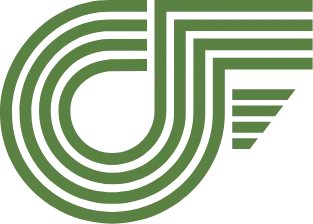The Stages of Addiction Recovery: What to Expect and How to Prepare
Embarking on the journey of addiction recovery is a courageous and transformative decision. Understanding the stages of addiction recovery can help you prepare for the challenges and triumphs ahead. Each stage brings its own experiences


